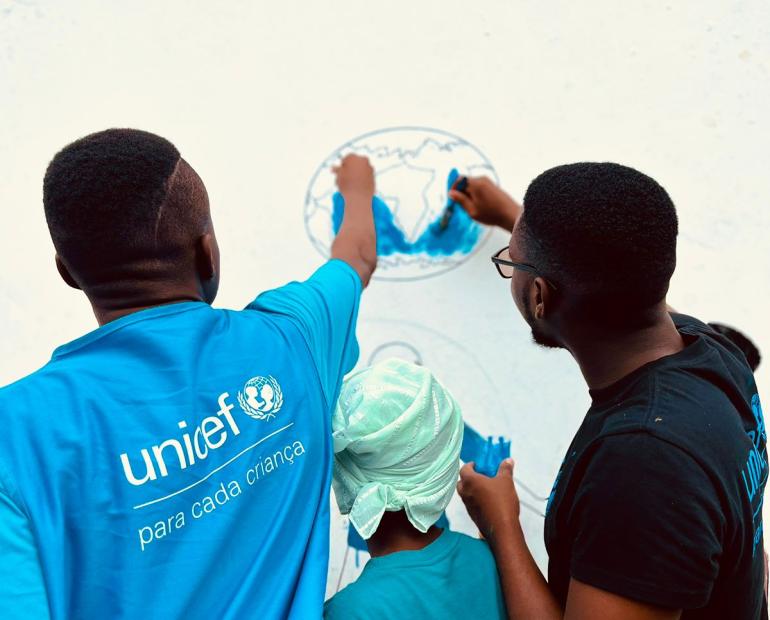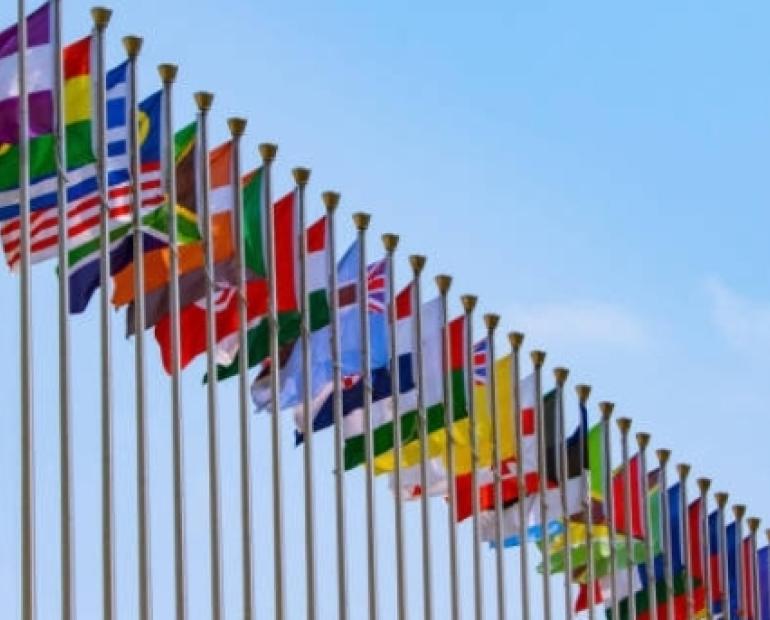
Summer.
The sun glimmers upon the blooming flowers while sparrows glide across buildings lined up on the side of the street. The sky is free of clouds, its azureness hinting at the warm days ahead.
Roads and highways, however, miss the usual bustle. No children are running down the alleys nor the vendors out on their perpetual spree. A deathly stillness enshrouds the air - as if entity has come to a standstill.
Distant squeals break in through the lull and die down almost instantaneously, fleets of vans swooshing past like apparitions. What might have happened? Is there a war? An accident, perhaps?
None, but a reminder. A reminder of the blurring lines between life and death.
The second wave of the Covid 19 pandemic hit the country at an unprecedented scale. With hospitals filling up within a matter of minutes, acute shortage of oxygen, and crematoriums failing to keep up with the lives lost, the anguish is beyond all accountability.
So, what makes India gasp for breath? An astounding surge in the number of infections, the lack of necessary infrastructure, or a shadow pandemic that runs dark and deep?
Several factors led to this untamed hike in contagion, the first and primary one being the lack of caution and vigil.
Numerous studies had predicted a fresh influx of cases as early as March 2021, when things seemed to be looking up for the nation. The vaccination cycle had just checked off to a phase-wise initiation but people had already given up on most protocols. Mass social gatherings and group travel lead to an obtuse rise which steadily skyrocketed to over 414,000 cases adding to the official record in less than 24 hours.
A scurry for doctors and an indomitable urge to save the lives of loved ones made thousands seek help from all possible quarters - hospitals, Non-Government Organizations (NGOs), volunteer groups, social media, or even places of worship. Meanwhile, oxygen started to fizzle out of supply while medicines plunged in stock.
Smoke from the raging pyres overcast all streams of reason. My country CAN’T BREATHE.
India became the center of global attention by the middle of April 2021. With most publications carrying ghastly snaps from inside burning grounds and reports of the official numbers being tweaked by at least 25%, the situation went grimmer every passing moment. Several of the worse affected areas called in for a complete quarantine but that did not stop the virus from advancing its tentacles through every nook and corner.
While we grappled with the exponential leap in the daily victim count, a pandemic of the mind tightened its grip on the already ravaged citizens. Misinformation took the front line with hoarding of oxygen cylinders, exorbitant rates charged due to a fake paucity of medicines, and private health organizations profiteering from its services, following the lead. An exodus of migrant workers from the more populous states during early April bought back chilling memories from the country’s first lockdown in 2020. Many decided to move early to avoid a rerun of the uncertainty that loomed through the year gone by. After all, not everybody has valuables left to pawn for food. The ordeal does not end here.
A massive spurt in domestic abuse cases quivered the nation, the most horrifying account being the murder of a woman on the streets of the capital with onlookers doing nothing to stop the crime.
India’s economy is in a deplorable plight, so are its inhabitants, but we continue the combat. Healthcare workers, municipal staff, volunteers, and even students are leaving no stone unturned to create mass awareness. Many are using their social media accounts to raise funds, arrange aid, and highlight the importance of psychic wellbeing.
The prolonged pandemic has taken a toll on the youth as well. Missing out on school, not getting to meet up with friends, and complete lack of group assignments have had a tremendous psychological impact causing many to slide into depression. Family members getting infected is adding to this growing anxiety, affecting their ability to focus. A sharp divide between the urban and rural youngsters is yet another cause for an upshot in unease. Mental health continues to be an alien concept in rural India. Only a fraction of those affected seek help, leaving the rest traumatized and often suicidal.
The world is praying for India, sending in support, warmth, and sympathy. But, can it make up for the smiles lost, the indelibly devastating memories, or the time someone we hold dear bade us the final goodbye? The answer is certainly not in affirmation.
All good things must come to an end, so do the bad. And thus, we don’t despair. We will be free of the pandemic soon. Until then, stick around and help my country heal.






